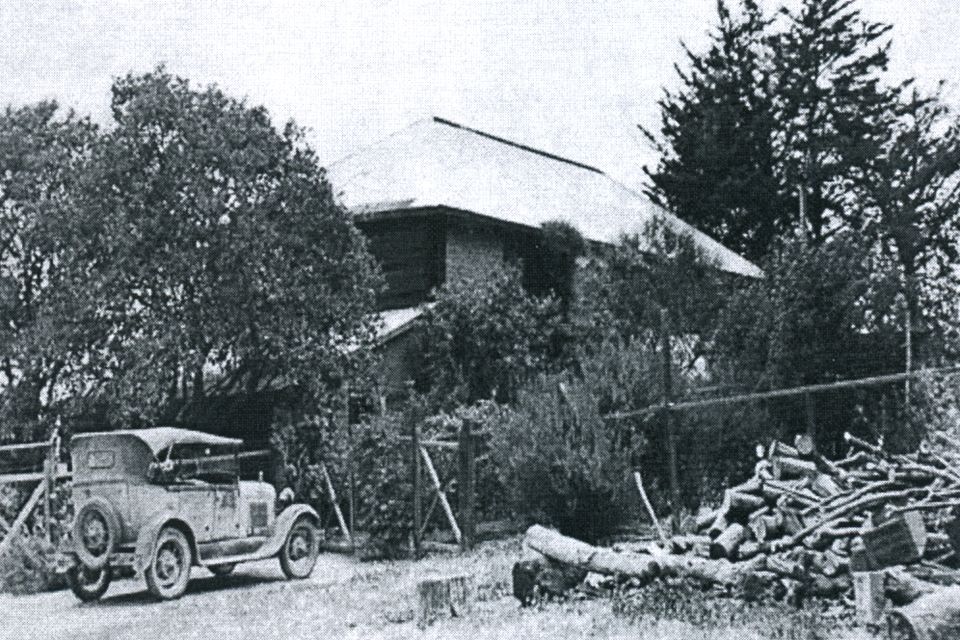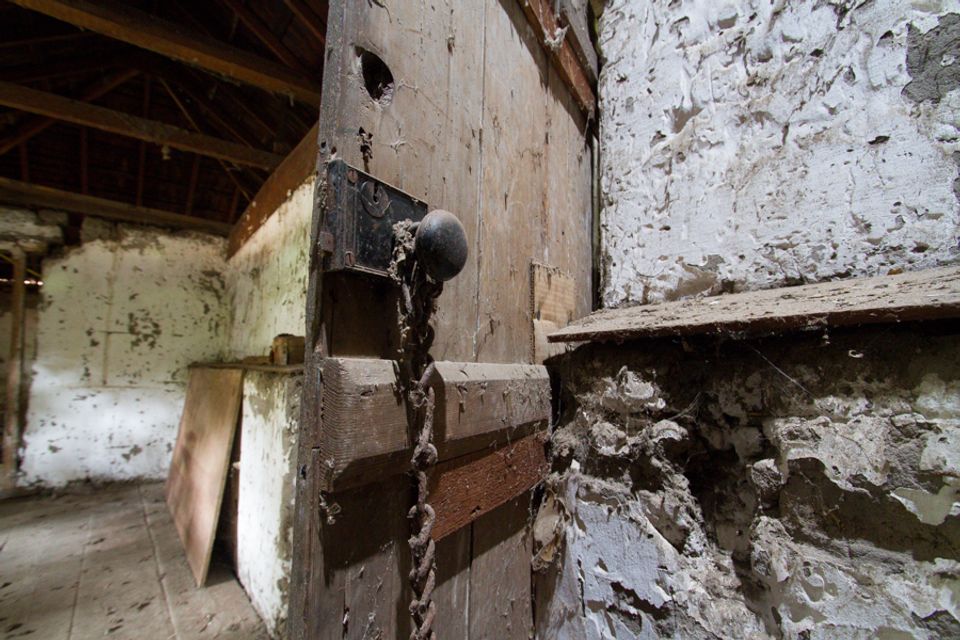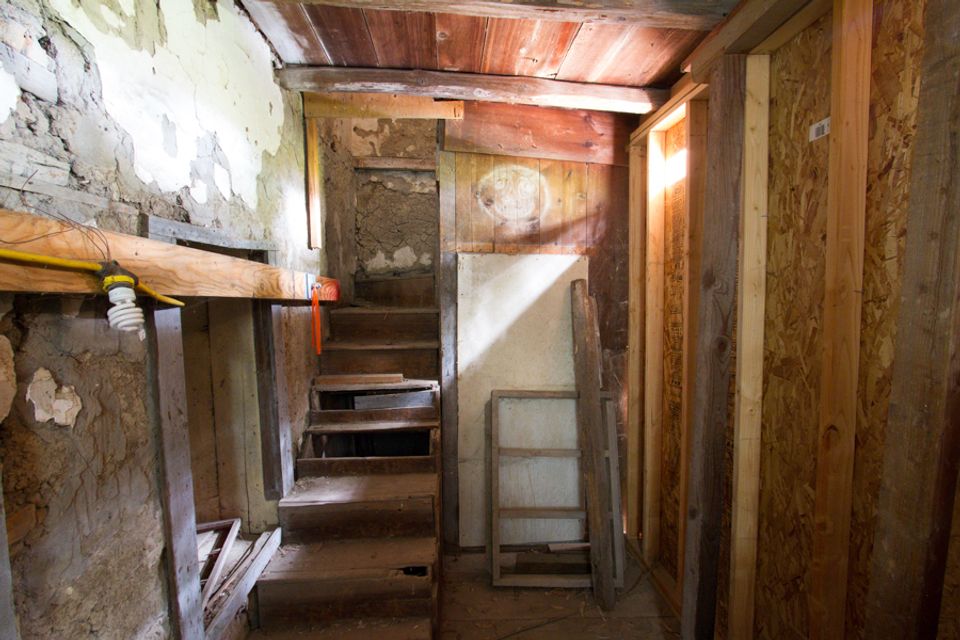The origins of the original
La Loma Adobe
are shrouded in mystery and tied to our
history.
Mission Period: 1772 - 1834
Believed by some to have been built as early as the 1780's as a single-room, one-story adobe, it would have been an outbuilding of the Mission San Luis Obispo complex.
The excellent view of the valley below might have proved useful for controlling grazing or regulating traffic along El Camino Real.
Rancho Period: 1834 - 1850
During this period, Mission Properties were granted to private citizens by the Mexican government. Extensive lands previously owned by Mission San Luis Obispo were granted to private citizens by various Mexican governors in Alta California. In 1842, seven rancho grants were made by Governor Alvarado. One of these, encompassing pasture land north of the Mission (Rancho Potrero de San Luis Obispo), was granted to
Maria Concepción Boronda. In the same year, a local official authorized by Governor Alvarado, José Mariano Bonilla, distributed Mission land to Mission neophyte Cecilio, a parcel described as “400 varas in La Loma that is to the east of the principal land on the mesa La Nopalera, and watered by the creek of Los Laureles without belonging to him as they are to the benefit of the community.” (Deed Book A 1842-1876)
Cecilio found the land insufficient to cultivate and, in 1846, ceded the land to Presbyterio Don Miguel Gómez (priest at the Mission).
Many land titles and boundaries were unsettled during the transitional government period after Americans took possession of California in 1847 at the end of the Mexican-American War. It is uncertain who owned and occupied the adobe during that time.
Early American Period: 1850 - 1887
Francisco Estevan Quintana bought the land and buildings of La Vina in 1852, which included La Loma Adobe from Baptiste Garcia. In 1854, concerned about his insecure title, he traded the adobe and adjacent land for property northeast of San Luis Obispo owned by Maria Concepcion Boronda.




















